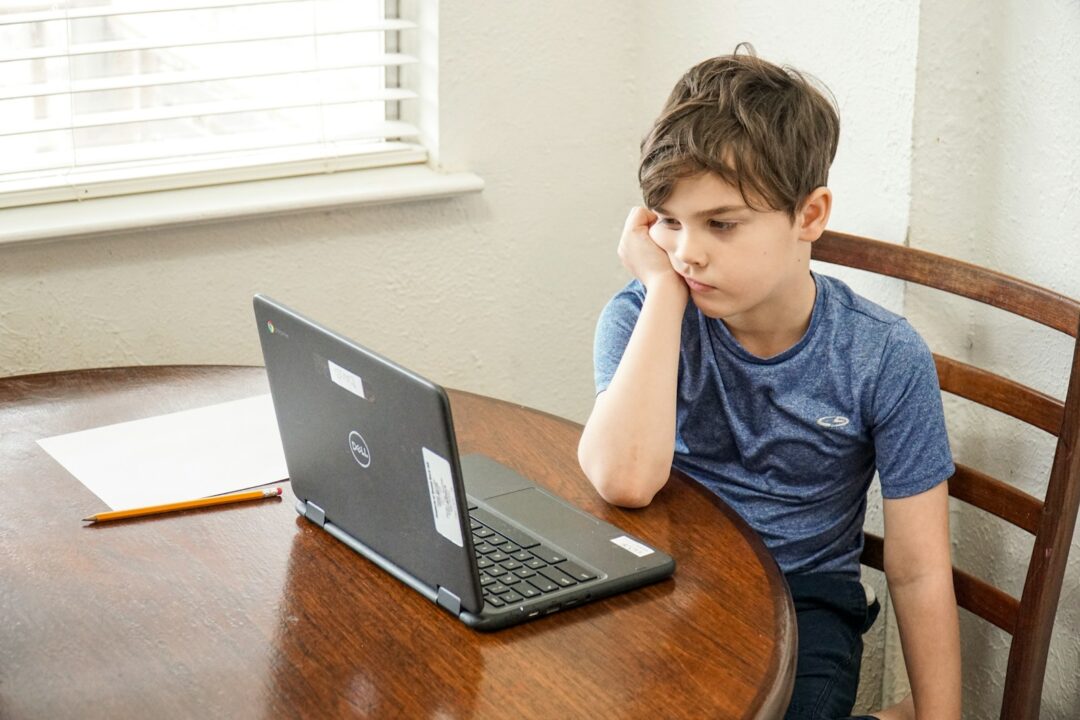In today’s world, boredom feels like an enemy. The moment it creeps in, we reach for our phones, scroll endlessly, and fill every empty second with stimulation.
But what if boredom isn’t something to avoid? What if it’s actually one of the most fertile states for creativity?
Boredom used to be a regular part of life. Waiting in line, sitting in traffic, or simply lying in bed with our thoughts were common experiences.
These quiet, uneventful moments gave our minds space to wander, and that wandering often led to ideas, connections, and insights.
Now, with constant access to entertainment, we’ve forgotten how to be bored. Every pause is instantly replaced by a swipe, tap, or scroll. But when we do this, we also silence the mental space where creativity thrives.
Boredom as Mental Rest
Our brains are constantly processing—reacting to messages, consuming information, and jumping from one task to another. This mental busyness leaves little room for reflection or imagination.
Boredom, however, is like a reset button. When we’re not distracted by external noise, our minds shift into what scientists call the default mode network—the same state activated during daydreaming or deep thought. This is where creative ideas are born.
Some of your best ideas probably came in the shower, during a walk, or when you couldn’t sleep at night—all moments when you were doing nothing.
That’s boredom doing its quiet magic.
How Boredom Sparks Creativity
1. It gives your brain space to connect ideas.
Creativity isn’t about inventing something from nothing. It’s about connecting old ideas in new ways.
When bored, your mind naturally starts linking unrelated thoughts, leading to fresh perspectives and insights.
2. It pushes you to find stimulation from within.
When nothing external entertains you, you start exploring your inner world. You may start writing, sketching, imagining, or problem-solving simply to escape boredom.
That internal search often becomes the birthplace of creativity.
3. It encourages reflection.
Boredom creates the perfect condition to ask yourself questions like, “What am I really interested in?” or “What’s missing in my life?”
Many creative pursuits start with such self-inquiry.
Examples of Creative Boredom
Some of history’s most creative breakthroughs happened during downtime.
- Newton was lounging under a tree (bored, perhaps) when he wondered about gravity.
- J.K.Rowling conceived the idea of Harry Potter while staring out of a delayed train window with nothing else to do.
- Einstein often emphasized the importance of “combinatory play”—letting the mind wander freely between unrelated ideas.
None of those moments were born out of hustle or constant productivity. They came from stillness and space.
How to Use Boredom to Your Advantage
If you want to spark your creativity, don’t run from boredom; invite it.
- Put away your phone when you’re waiting or walking. Let your thoughts drift.
- Schedule “empty time.” It sounds strange, but blocking 15 minutes to do nothing can recharge your creativite thinking.
- Do mindless activities like washing dishes or going for a walk without music. These low-focus moments often lead to sudden insights.
Boredom isn’t a problem. It’s an opportunity. It’s the mind’s way of saying, “You’ve consumed enough; now it’s time to create.”
In a world that glorifies constant stimulation, daring to be bored might just be the most creative act of all.




